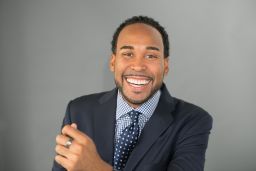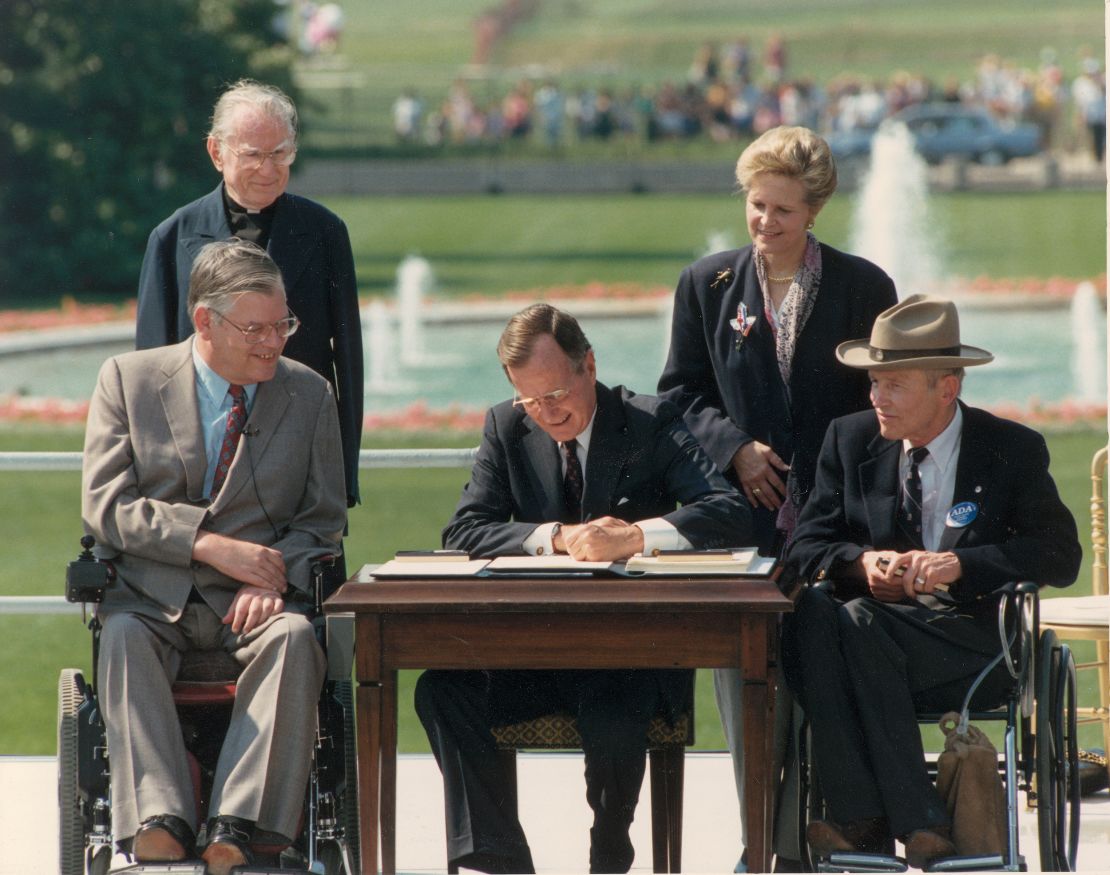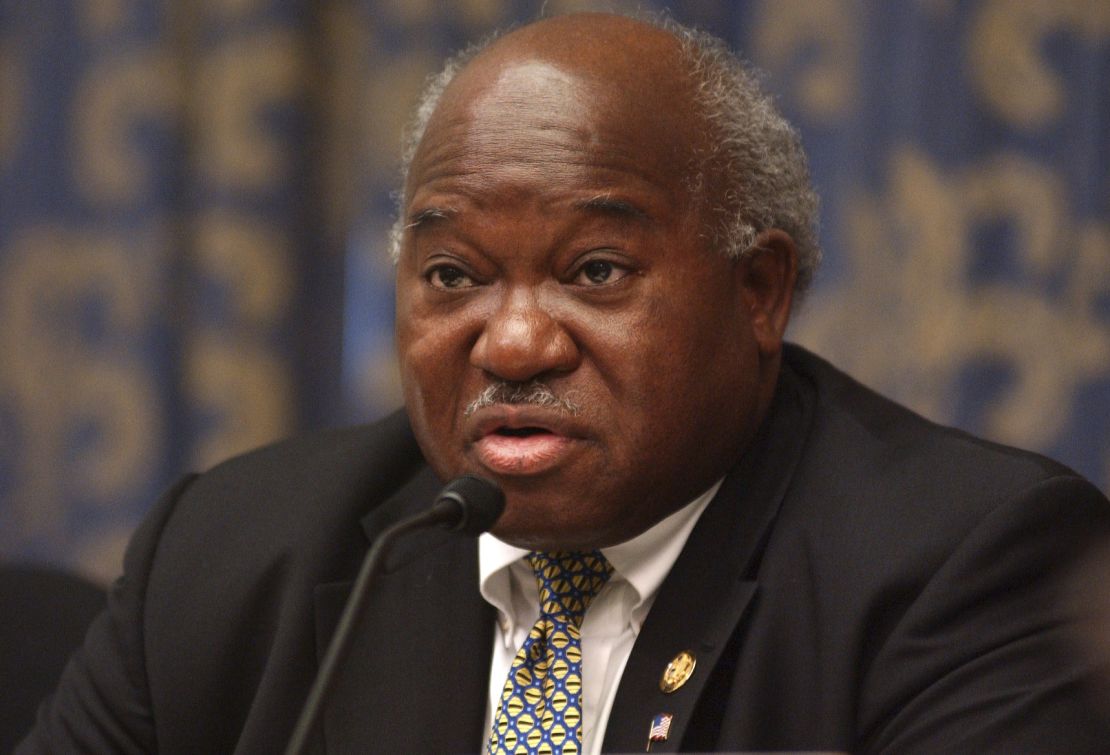Editor’s Note: Vilissa Thompson, LMSW is a social worker, public speaker, writer and consultant. She is a senior fellow at the Center for American Progress and founder of Ramp Your Voice!. David J. Johns is the executive director of the National Black Justice Coalition, a civil rights organization dedicated to the empowerment of Black LGBTQ people and people living with HIV/AIDS. The views expressed here are those of the authors. Read more opinion on CNN.
In remembering disabled activists who were instrumental in the creation of America’s disability rights movement and imagining what a more inclusive movement for social justice and full civil rights for the future could look like, we keep coming back to the partnership during the late 1970s between the Black Panther Party and the 504 activists, disability rights advocates who were pushing for implementation of a long-delayed section (section 504) of the Rehabilitation Act of 1973.


Prior to the 1990 enactment the Americans with Disabilities Act, section 504 was the most important disability rights legislation in the US. Modeled on the Civil Rights Act of 1964, Section 504 prohibited those who received federal aid from discriminating against any “otherwise qualified individuals with a disability.” This stellar example of bridging movements resulted in the longest occupation of a federal building in US history in San Francisco – and it is a historical moment that deserves more recognition, especially as America marks the 30th anniversary of the ADA.
Brad Lomax, a Black Panther who was also a pivotal figure in the movement for disability rights and helped lead the (ultimately successful) sit-in, was one of many activists who worked to make disability rights a presence and priority in the broader civil rights movement. Donald Galloway, who headed blind services and the Black Caucus at Berkeley’s Center for Independent Living, recalled: “Brad was our linkage to the Black Panthers.” Lomax brought together the growing disability rights movement, which Galloway remembered as “predominantly white,” and the Black community in the Bay Area.
This kind of connection, sadly, is too often lost or forgotten when the stories of both movements are told: members within these movements are rarely aware that worlds and identities collided in the name of freedom and justice in ways that reshaped history.
As we head into the fall with the upcoming election and as activism and protest are playing a huge role in our politics and society, we can’t ignore that legacy – or leave anyone behind. Across our communities and within them, we must ensure that everyone we know is counted in the census; is registered to vote and plans to do so in the ongoing political elections. We must also ensure that elected officials support policies that benefit people with disabilities – including increased funding for home and community based services, resources to support increased vote by mail with in-person options, along with early voting and funding to support students with disabilities as they work to access public education this fall.
Making certain that no one is left behind is a charge that has to be at the forefront in these critical times; so many Americans are facing unprecedented challenges and, at the same moment, are growing newly aware of the inequalities and injustices that structure the realities of those who may not look like them. In observing the 30th anniversary of the Americans with Disabilities Act on July 26, we are provided with an opportunity to help clarify that true equity means recognizing the relationship between civil rights and disability rights, and the importance of radically inclusive social justice.

The ADA is a civil rights law that prevents discrimination against people with disabilities in public spaces. Its imprint on American life is visible and enduring, and yet its work is left unfinished, especially for African Americans with disabilities. Many African Americans in the United States were born with a disability, visible or not, or were left with a disability resulting from traumas associated with racism, anti-Blackness or the physical oppression of Black bodies. The social stigma that surrounds both disability and Blackness often makes it difficult for Black people to receive the critical support needed to fully participate in economic, social and political economies.
At the same time, the ADA would never have seen the light of day without the work and support of Congressman Major Owens, a leading figure with the Congressional Black Caucus and House Ways and Means Committee. Owen’s leadership was essential not just in shepherding the bill through Congress but also helping potential allies see the disability movement as a key partner in the broader fight for civil rights.
Congressman John Lewis is another example of someone whose leadership exemplified cross-movement solidarity. He understood the formal and informal endorsement of issues that his presence provided, whether at Pride parades, immigration rallies or health care sit-ins. He understood that by showing up, he brought a level of attention to issues that traditional civil rights organizations may have not initially seen as covered by the broad umbrella of their mission.

These complex histories are crucial at this moment; cross-movement solidarity isn’t a new concept, but the inability to recognize it as a priority has members in both movement spaces bypassing each other’s efforts like two ships passing in the night.
One specific place where we’re missing each other is the issue of trauma. The surge of protests for racial justice and the suffering wrought by the Covid-19 pandemic have jointly made the pain of being Black in America a topic of wider mainstream understanding. But building and sustaining inclusive movements requires an understanding that trauma itself is also a disability.
Most folks join movements for civil rights as a result of trauma, whether physical, social, or mental. And the work of building a movement itself can bring further trauma.
All of this illuminates how a key part of any civil rights movement’s sustainability is in fact, inclusion of a disability lens. The failure to make this connection isolates Black Americans with disabilities with no safe place to share their truths without fearing stigma or resistance.
This is true any time, but especially so in the midst of a pandemic where people are feeling physical and psycho-social impacts of this time of physical isolation, and also a need to be out in the streets decrying policies that are killing, deporting and imprisoning our communities.
In the age of the pandemic, the need for cross-movement solidarity is tremendous. Covid-19 continues to shape what disability looks like in this country, and specifically for Black and brown communities. And while the ADA was written at a time before Covid, the civil rights protections in it cover those who both contract the virus, and are recovering, but sustain long-lasting effects.
This is important for us to think about as we see the intersection of racism and ableism playing out in the denial of treatment, lack of access to testing, the debate over schooling this fall, and home-and community-based services, as opposed to congregate settings. Addressing the pandemic’s long-term impact on Black and disabled Americans must remain a priority; we must ensure our people have access to the critical resources they need, when they need them and in the setting of their choice.
Movements must reckon with their own ableism, which runs rampant. Now is the time to correct the wrongs that have left disabled people feeling excluded and invisible. Not one among us will reach the proverbial mountain top believing that some of us must be left behind to get there; it’s either all of us or none of us – that’s the only choice. In these times, we’re being reminded that it will take all of us to save each other. Doing this important intersectional, and sometimes uncomfortable, work is when the healing and accountability begins.


